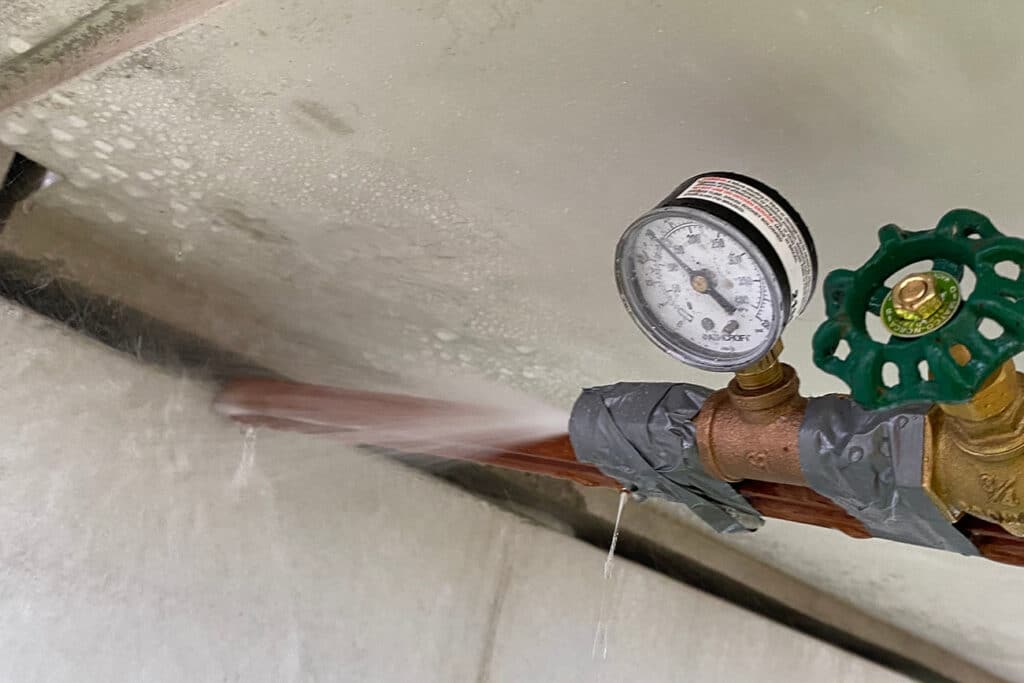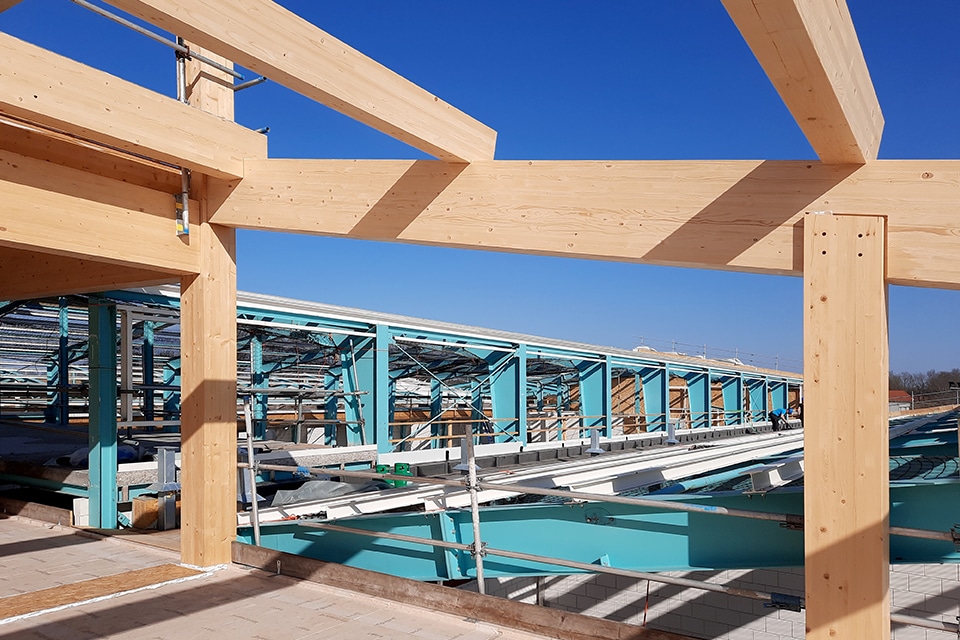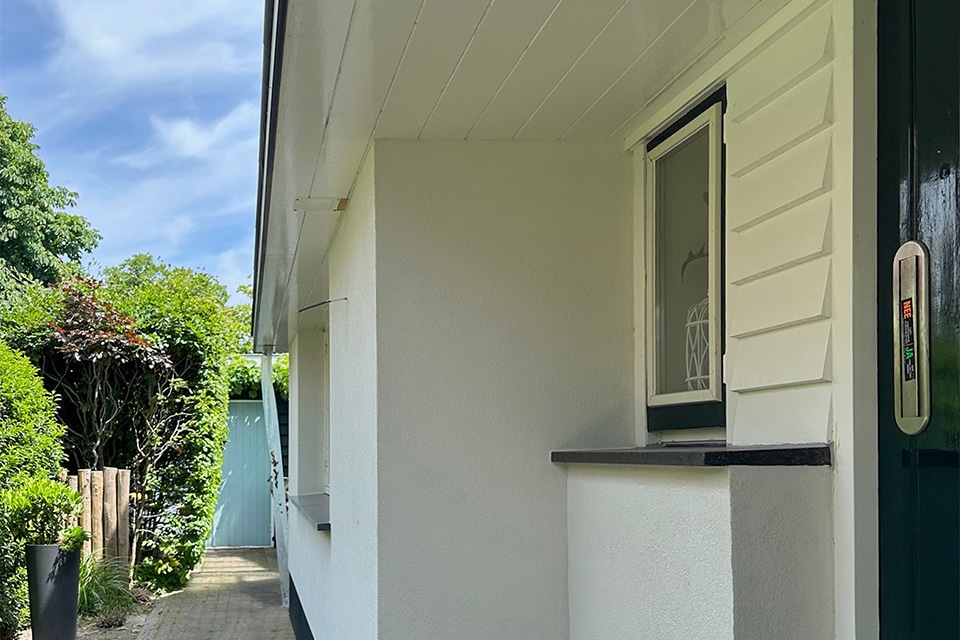
Testing for consistent frame quality
Aluminum and plastic window frames not only protect us from wind and weather, but also play an important role in the appearance, fire safety and sound insulation of buildings. Provided that all requirements and standards are met. In order to guarantee and demonstrate the performance of its window frames and curtain walls in accordance with these requirements and standards, Facédo carries out extensive quality controls. Both during production and during construction. André Smit, Manager Quality & Innovation at Facédo, explains more about the how and why of these tests.

For the production of aluminum or plastic window frames and curtain walls, there is an entire process. "For example, we purchase the aluminum profiles from our system houses, which have comprehensive production manuals," Smit says. "These manuals list, for example, the components, adhesives and sealants needed to produce a quality window element or curtain wall system. Internal quality controls ensure that these are correctly complied with." This starts as early as receipt and continues through to delivery, he says. "Here, the testing process in the test cabinet is the 'proof of the pudding' and provides assurance that both the execution and the delivery result are correct."
Own test cabinet
Facédo has had its own test cabinet for some time. In fact, a new test cabinet will soon be put into operation, making air and water tightness testing even easier and further increasing the testing frequency. "As soon as a frame element is placed in the test cabinet, we can switch on the fan at the push of a button and build up the pressure in steps of 50 Pa," Smit says. "In the process, any air loss is automatically measured and recorded." To also test the water tightness, a nozzle function can be activated in the same test box. "In this case, the element is regulated for 15 minutes, after which the fan creates overpressure in the test cabinet. 50 Pa is added every five minutes, continuing until the required performance is achieved. Are drops observed during the testing process in places where they do not belong? Then unfortunately there is leakage and measures must be taken. This prevents unpleasant surprises afterwards."

Control in construction
Facade elements are never 100% air and watertight, Smit emphasizes. "We do not build aquariums, but with our window frames and curtain walls we meet the wind and watertightness requirements as described in the Building Code and NEN 2778." Here he mentions performances of 360 Pa, 450 Pa and higher. Not only in the test cabinet, but also in construction. "Building owners are entitled to a good product. And that good product stands or falls with correct installation. That's why we regularly carry out tests in construction." These include in particular waterproofing tests. "For this, a test compartment is created, by placing partitions in a certain space. Then, with the help of a fan, the room is pressurized. On the outside, we spray water against the facade, using various pressure steps to test the water tightness."
The airtightness test first requires mapping the number of seams. "It is also necessary to calculate how much air is officially allowed to pass through such a seam. Then the same pressure steps are used to measure how much air passes through the frame," Smit said. "In practice, however, such a test is difficult because, for example, the compartment, structural connections, set frames and sockets can affect the perfect airtightness and lead to an impure measurement. Therefore, airtightness tests are usually limited to the test cabinets."
When it comes to fire resistance, Facédo relies on fire resistance tests from the system houses. "However, we are increasingly performing noise tests on our frame/glass combinations. For example, for projects in inner-city or noise-exposed locations, for which we collaborate with Peutz."
The right test moment
In January, the Building Quality Assurance Act goes into effect, requiring parties to demonstrate that the work they have delivered is good and sound and meets applicable standards and requirements. In the coming years, the law will only apply to construction work in the lowest consequence class, but Smit notices that more and more contractors and clients are already asking for proof. A good development, he thinks, although the momentum of testing may still be improved. "At the moment, facade elements are often tested just before delivery, at a stage when adjustments or improvements are difficult to make. Moreover, preparation and coordination are not always in order. What does a contractor or client want to test at any given time? Is the window frame dry enough at that time? Has there been an opportunity to adjust the window frame or curtain wall correctly? And what is the interior temperature?" You also don't test the warmth of a winter coat until the sleeves are sewn in correctly, Smit concludes. "The same should apply to façade elements. Testing is only meaningful and reliable if all conditions are in order. Here, too, we are happy to play our part."



